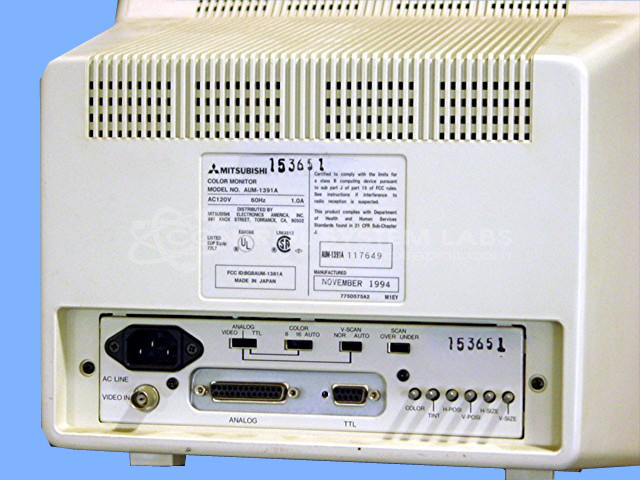SmittysLittleBrother
New Member
- Joined
- Mar 26, 2024
- Messages
- 4
Hey, ya'll new here. So if I'm doing something incorrect, please let me know and I'll remove post or revise. I appreciate everyone's patience.
I obtained an IBM 5154001 color display monitor the other day, and in my infinite ignorance tried to get some picture working without having maintenance done to it. Who knows how long its been since last used.
Long story short, caps blew, smoke came out, smelled lovely. I'm not versed in repairing CRT monitors and it's not something I'd want to do without guidance in person. Therefore, was wondering if anyone here knew of anyone that does repairs or if there are any hobbyists here who are interested in the Houston, TX area.
Any other guidance or advice would be appreciated.
Best.
I obtained an IBM 5154001 color display monitor the other day, and in my infinite ignorance tried to get some picture working without having maintenance done to it. Who knows how long its been since last used.
Long story short, caps blew, smoke came out, smelled lovely. I'm not versed in repairing CRT monitors and it's not something I'd want to do without guidance in person. Therefore, was wondering if anyone here knew of anyone that does repairs or if there are any hobbyists here who are interested in the Houston, TX area.
Any other guidance or advice would be appreciated.
Best.


